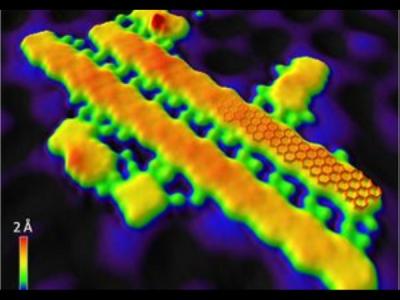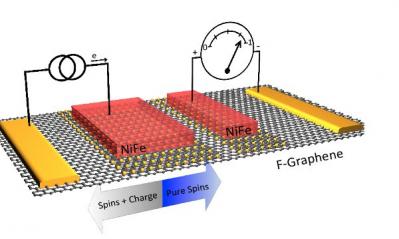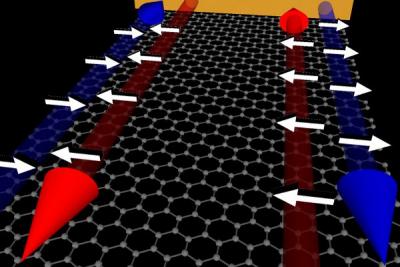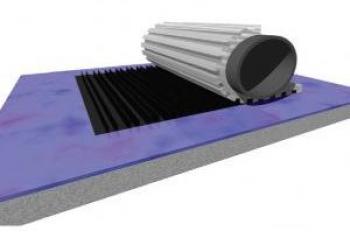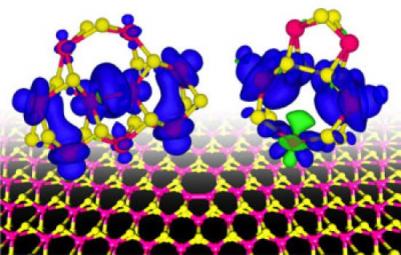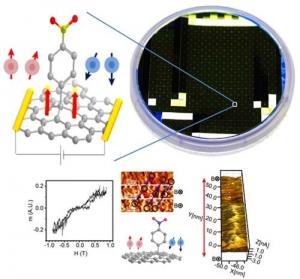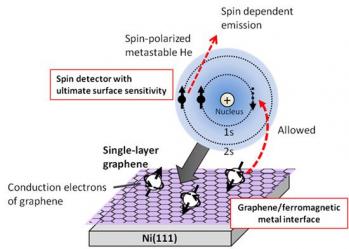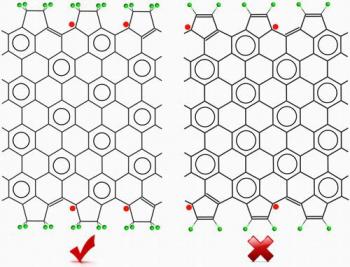Graphene discovered to have a unique spin relaxation mechanism
Researchers at the Spanish ICN2 Theoretical and Computational Nanoscience Group discovered that graphene has an unprecendented spin relaxation mechanism for non-magnetic samples. This may hold great promise for spintronics applications such as MRAM memory.
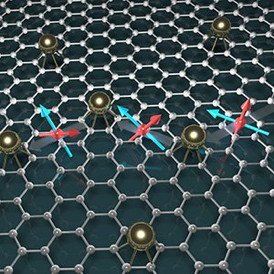
This mechanism is unique to graphene and may enable manipulating spin degree of freedom in future information-processing technologies.
